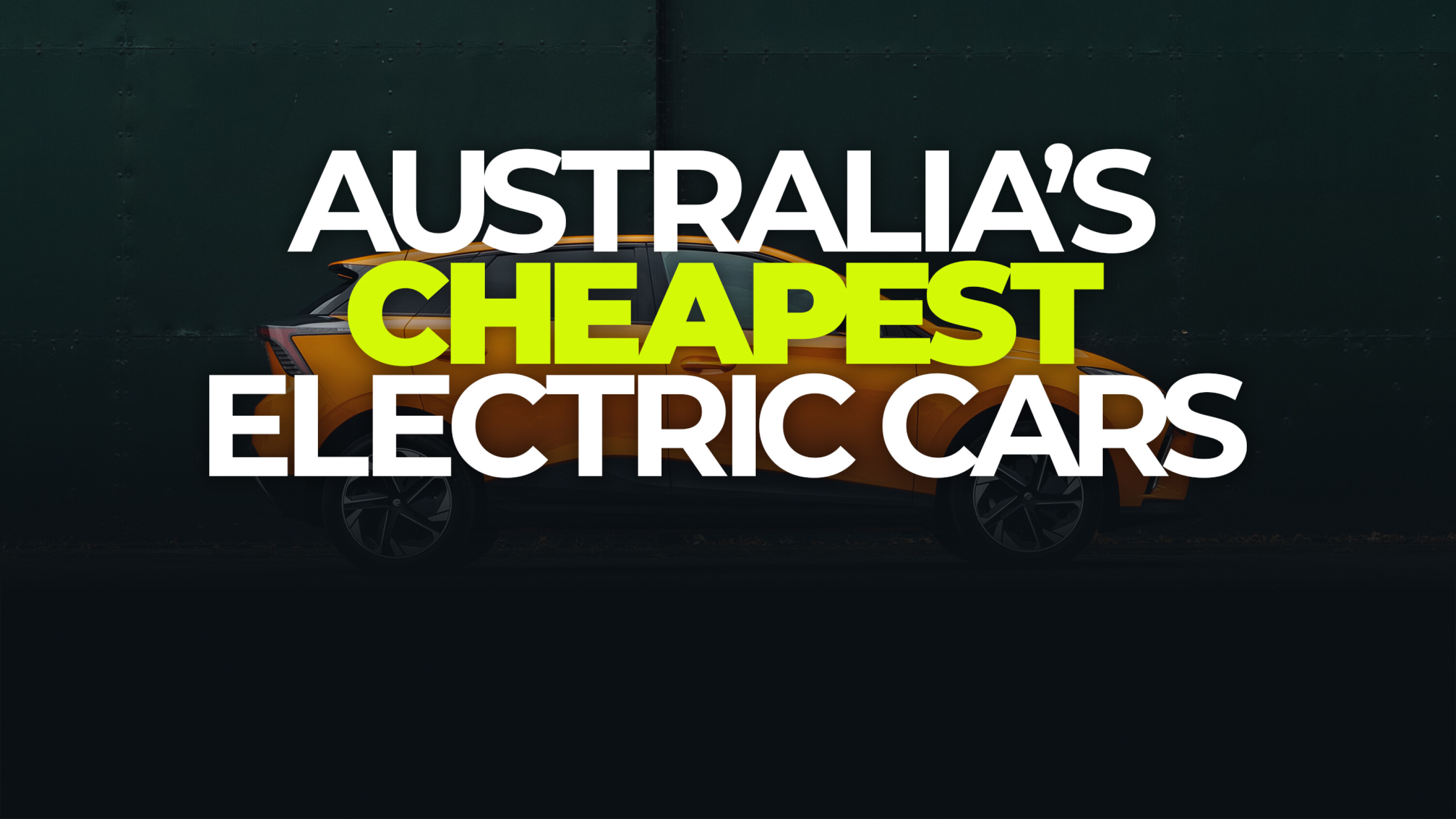
Are we there yet?
Snapshot
- Price wars see EVs get closer and closer to breaking below $30K
- Affordable EV market dominated by competitive Chinese-made EVs
- Government rebates and incentives help further lower price barrier
Electric vehicles have finally started to creep into the ‘affordable’ space that many buyers have been pleading for in Australia.
We’re even at the point where a sub-$30,000 EV is looking more and more likely, but just a few years into the onslaught of EVs in the Australian market, there are now a handful of options below $40,000, with even cheaper options now flowing into the used EV market (aided in part by poor residual values for EVs versus most combustion-powered cars).
Here are the cheapest new EVs available in Australia.
JUMP AHEAD
- ? Top 10 most affordable EVs in Australia
- ?? Why are Chinese-made EVs often cheaper?
- ? Size v price
- ? Are electric cars expensive?
- ? Time to make the electric switch?
? Top 10 most affordable EVs in Australia
The prices below are correct at the time of publishing, though note that some denote the recommended retail price (which does not include on-road costs like registration or dealer delivery), while others denote an all-inclusive on-the-road cost.
These models are also eligible for EV incentives and purchase rebates, depending on where you live. It’s worth bearing in mind that the lower end of the EV market is a highly competitive one, with substantial fluidity to pricing. We will do our best to ensure this list remains as accurate as possible.
- MG4 – from $30,990 drive-away (incentive price until end of October, 2024)
- MG ZS EV – from $34,990 drive-away
- GWM Ora – from $35,990 drive-away
- BYD Dolphin – from $38,990 before on-road costs
- BYD Atto 3 – from $44,499 before on-road costs
- BYD Seal – from $49,888 before on-road costs
- Jeep Avenger – from $49,990
- Nissan Leaf – from $50,990 before on-road costs
- Fiat 500e – from $52,500 before on-road costs
- Hyundai Kona Electric – from $54,000 before on-road costs
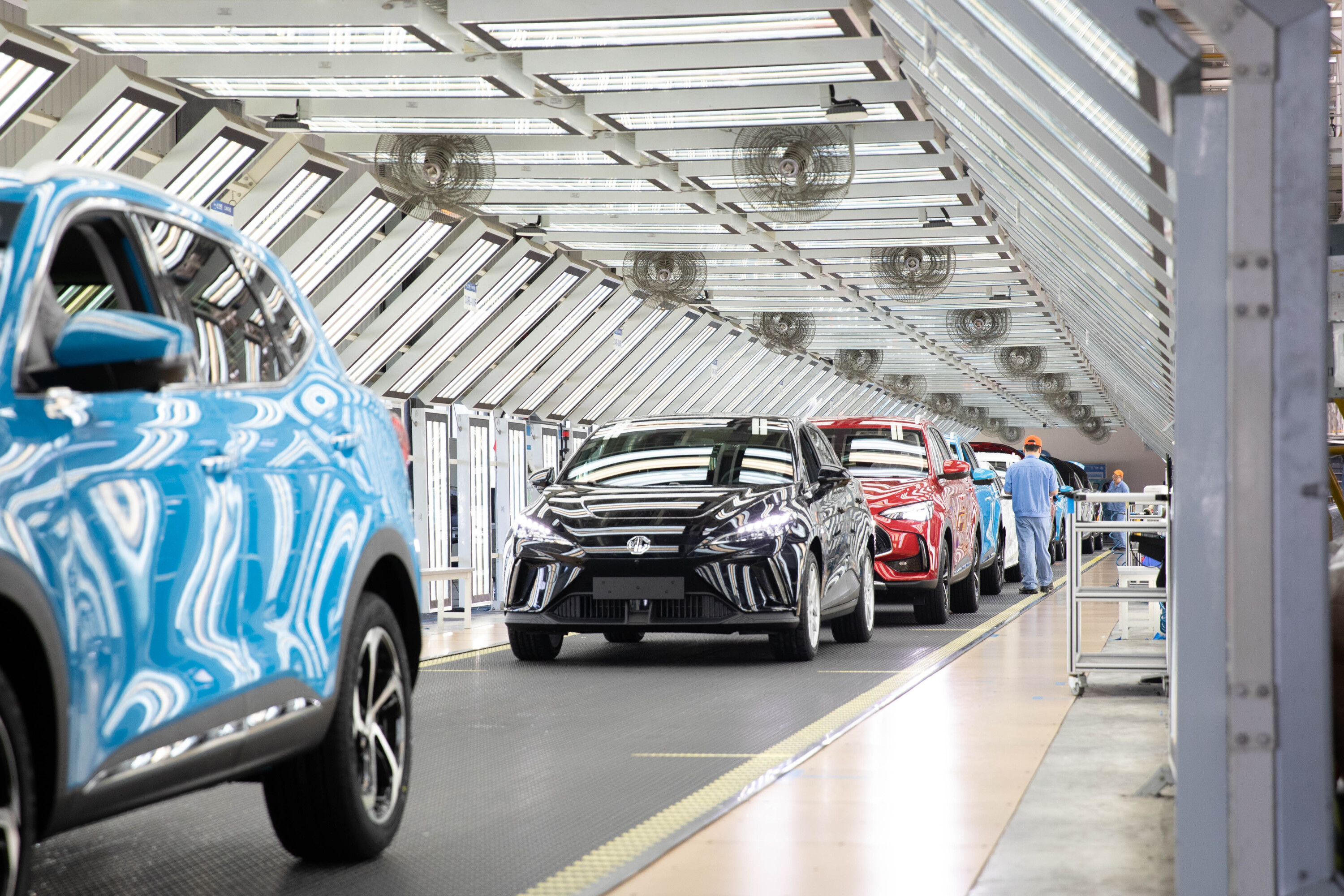
?? Why are Chinese-made EVs often cheaper?
Most sub-$60K EV models are made in China to benefit from cheaper labour costs, low-cost energy, an extensive local parts supplier network, and heavily subsidised raw materials.
Importantly, Chinese production also enables local access to the world’s biggest battery pack suppliers – Contemporary Amperex Technology Co. Limited (CATL) and Build Your Dreams (BYD) – which is the key driver of higher prices compared to petrol- and diesel-powered cars.
Some traditional carmakers have been acquired by Chinese companies, while many brands have established factories and joint venture partnerships in the country to reap from the local supply chain and compete in one of the world’s largest auto markets.
For example, the upcoming Kia EV5 electric medium SUV will be made in China – instead of South Korea – for the Australian market to feature a lower-cost lithium-iron-phosphate (LFP) battery, which China is the key producer of.
However, China’s competitive advantage has been put into question due to heavy incentives from the government to push automakers to produce EVs in the country.
The Volkswagen Group will soon establish vertically-integrated EV production in Spain for its most affordable electric models to compete.
The Chinese vehicle manufacturing industry has also rapidly grown in the past few years, with buyers globally now more willing to accept Chinese-made cars thanks to budget-friendly price tags (while others go upmarket), strong value propositions, and improved perceived quality.
Tesla and BYD in particular have quickly dominated Australian EV sales.
The BYD Dolphin, MG4, MG ZS EV, and GWM Ora boast sharp sub-$40K drive-away price tags to lower the barrier of entry and offer strong value for driving range propositions.
Meanwhile, the top-selling Tesla Model 3 sedan and Model Y SUV aren’t as cheap in context with prices starting north of $50K. Yet, they’re still favoured thanks to good value, efficient and powerful motors, high-tech features, and the American brand cachet.
However, not all Chinese-made electric models are significantly cheaper than the competition – notably the Polestar 2, Volvo EX30, and LDV E-Deliver 9.
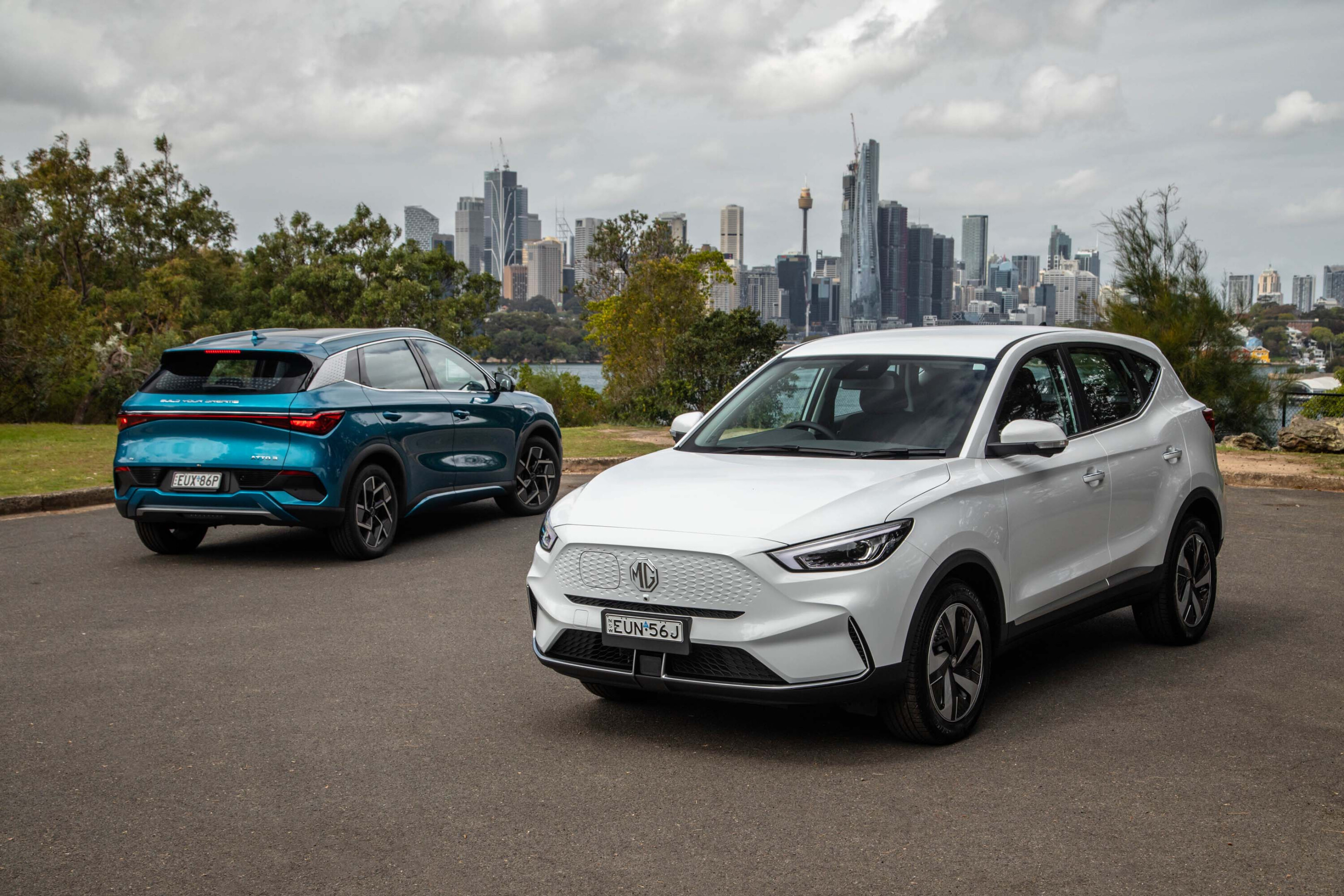
? Size v price
Australian buyers now have more affordable EVs to choose from. But, the top 10 cheapest EVs are mostly classified as ‘small’.
As many European families do, Australians could use most of the 10 cheapest EV models for carting the kids and groceries around every day, such as the decently practical BYD Atto 3 SUV, Seal sedan and MG4 hatch.
But, they may have limited interior space depending on your needs.
Of course, while these EVs are ‘cheap’ in the context of the electric market, they’re still generally pricier than equivalent internal combustion engine (ICE) offerings, but some have already achieved price parity due to the entry price of petrol cars significantly increasing in recent years.
If it’s a proper medium or large SUV you need, be prepared to spend more than $60,000 at the low end.
Yet, as our total cost of ownership story demonstrates, the right circumstances can see most EVs deliver greater value over time than their petrol counterparts, as you own the vehicle for longer and drive further.
? Are electric cars expensive?
This story has outlined that EVs aren’t too unaffordable, but how do they compare with ICE cars? Check out our guide linked below for more.
? Is it time to make the electric switch?
EVs are not for everyone (for now), but they are right for considerable chunk of the population.
Driving range, charging availability, and battery safety remain key perceived issues. For more, check out our /Electric hub guides below.
We recommend
-
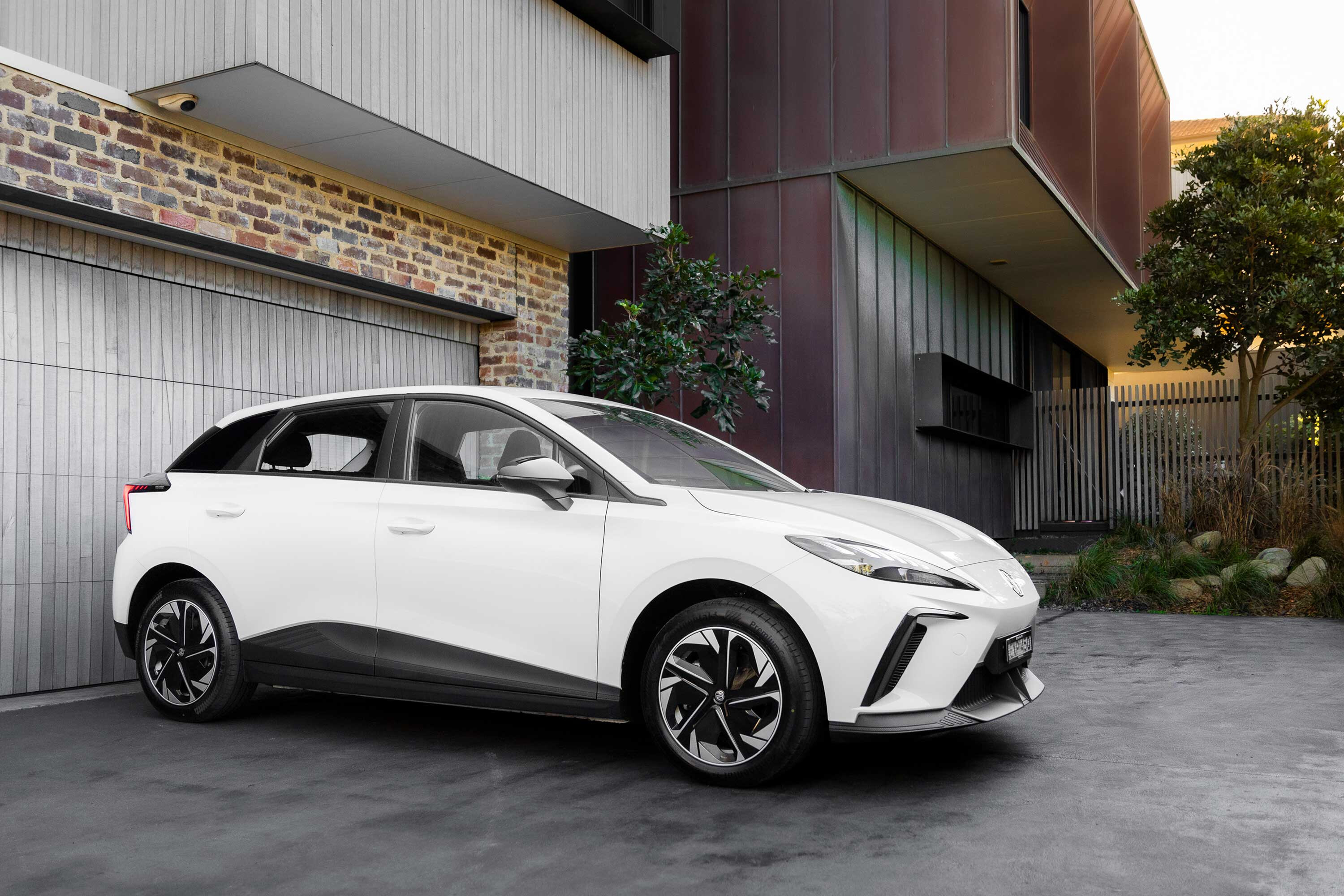 News
NewsMG4 51 Excite clinches title of Australia’s most affordable EV
MG Australia slashes nearly $10,000 off the price of its base model MG4 electric hatchback to help drivers make the EV switch - but be quick
-
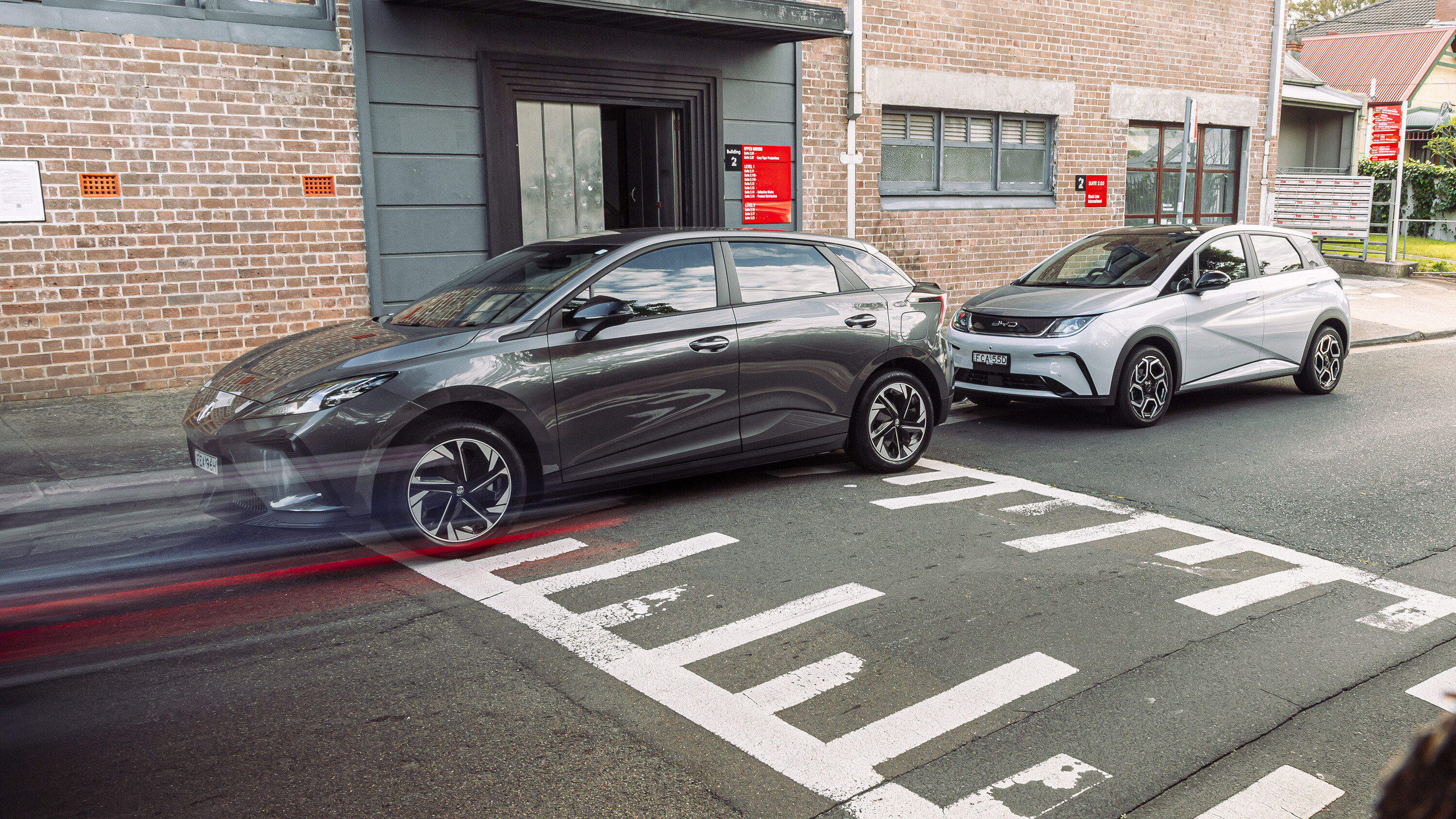 Advice
AdviceHow much do electric cars cost in Australia? Full market pricing!
We break down what to expect to pay for every new EV in Australia today
-
 Advice
AdviceIs it time to buy an electric car? Crunching the numbers!
Is the tide turning for EVs? We've crunched the numbers on how much you could save by making the electric switch
-
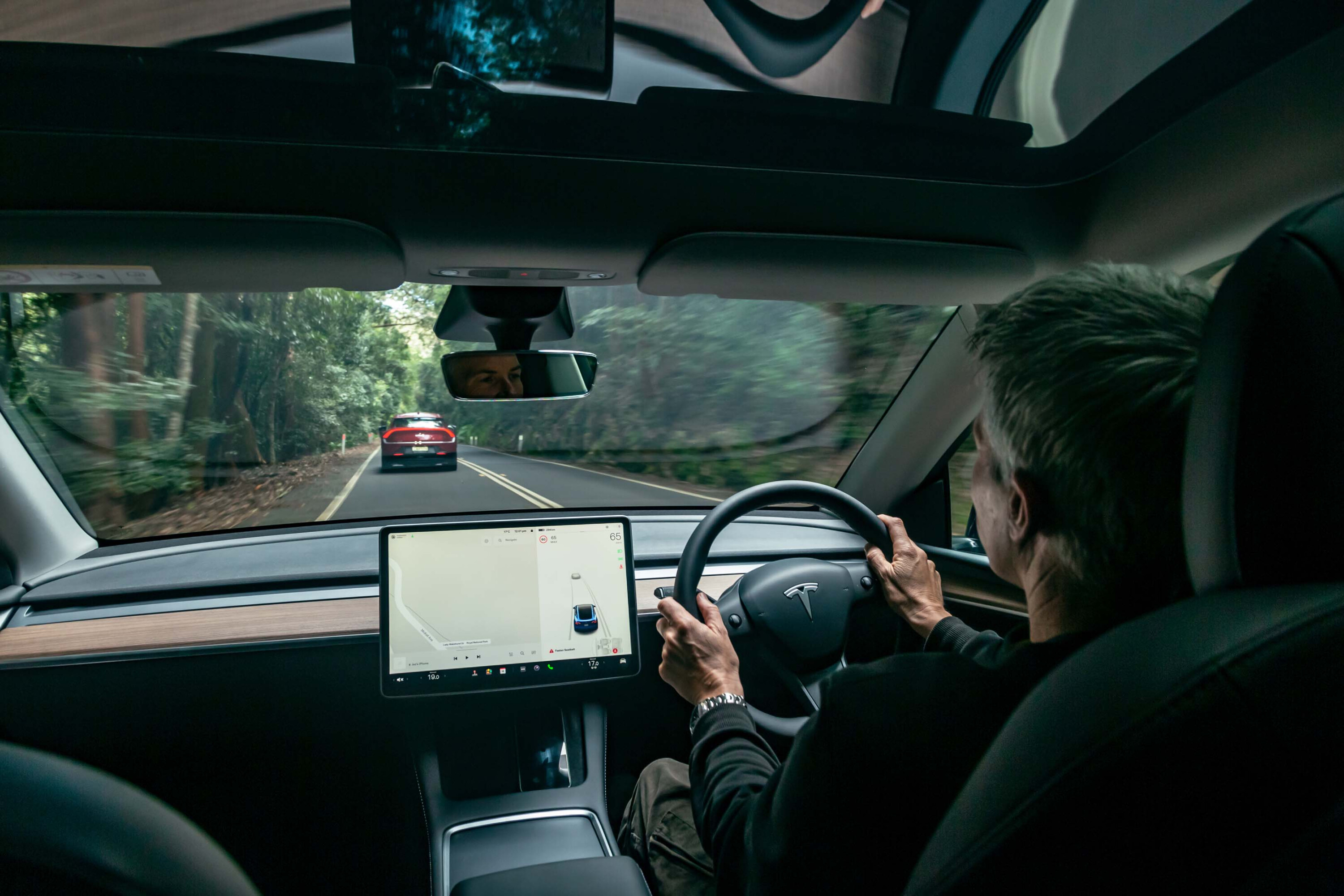 Advice
AdviceAre electric cars more expensive to insure?
Electric cars are cheaper to own, yet comprehensive insurance premiums are typically higher. We explain why and break down the differences



